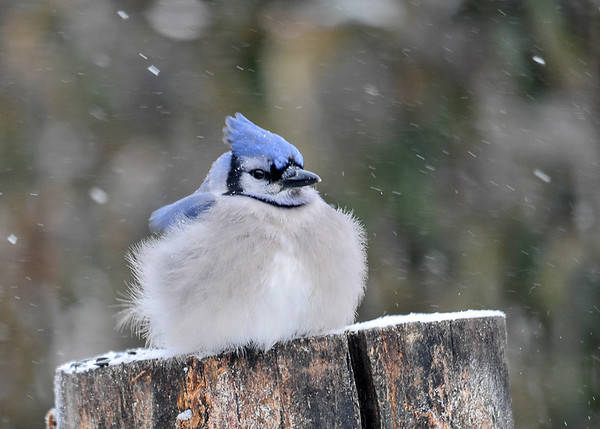How birds survive winter
Published 6:15 am Tuesday, November 28, 2017
Many birds remain in our area during the winter. Songbirds (also called passerines) have a normal body temperature of 107 degrees Fahrenheit, and appear to go about their business on cold days in comfort. They have a number of adaptations to keep them warm.
A thick covering of body feathers provide birds with effective insulation. They often fluff them on cold days, which helps trap warm air. A chickadee has approximately 2,000 body feathers and has muscular control over all of them. Raising feathers to trap heat and lowering feathers to cool down allows birds to adjust to varying temperatures. Birds also remain relatively dry when it rains or snows because they coat their body and flight feathers with oil secreted by a gland at the upper base of the tail. The oil is very water repellent and permits the bird’s body to remain relatively dry even during a rainstorm.
To stay warm while roosting, birds will seek shelter to protect them from wind, rain, and cold nighttime temperatures. Tree cavities are used by several species. The brown creeper, nuthatch, wren, and bluebirds will often roost in groups to share body heat. Finches, sparrows, crows, blue jays, and doves roost in dense clumps of cedars or pine. The thick cover of evergreen branches helps reduce wind chill and provides a warmer surrounding for birds. These thermal shelters should be included when developing wildlife habitat on farms and forests.
Birds spend more time foraging during the winter than they do in summer to keep the body heat engine stoked to remain warm. When temperatures are extremely cold, birds may opt to remain inactive, because the energy lost in foraging is too costly.
Having bird feeders is an enjoyable way to help birds during the winter. Provide high energy feeds such as suet and sunflower seeds. Once you start feeding birds, don’t stop until warmer weather. The sudden end of a food source is stressful.
Steve Roark is the area forester in Tazewell, Tennessee, for the Tennessee Department of Agriculture, Forestry Division.







